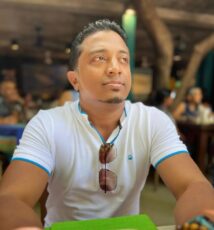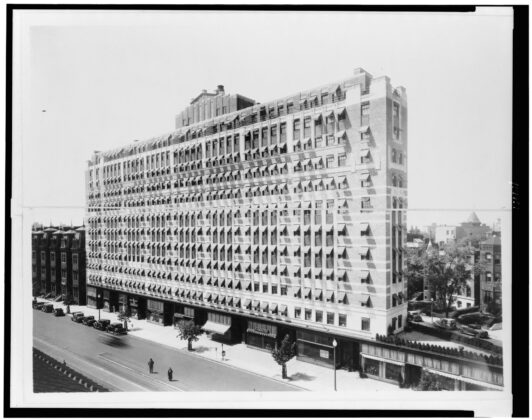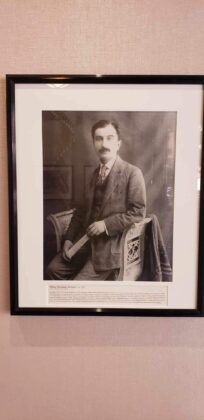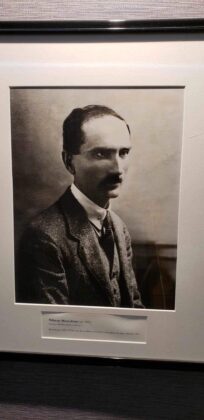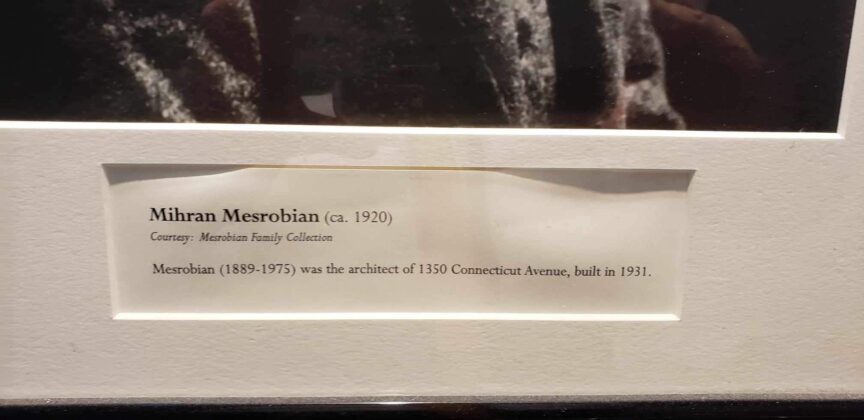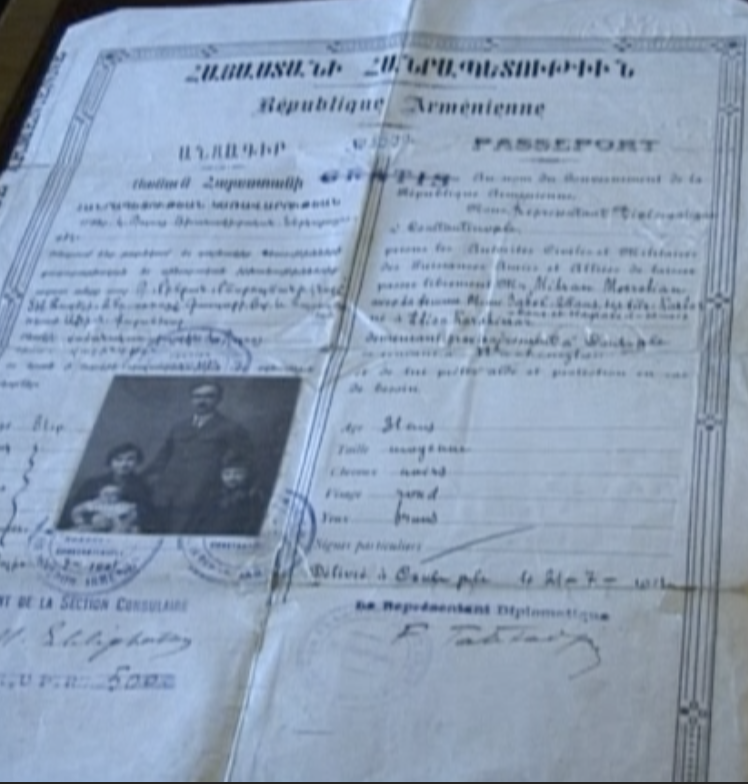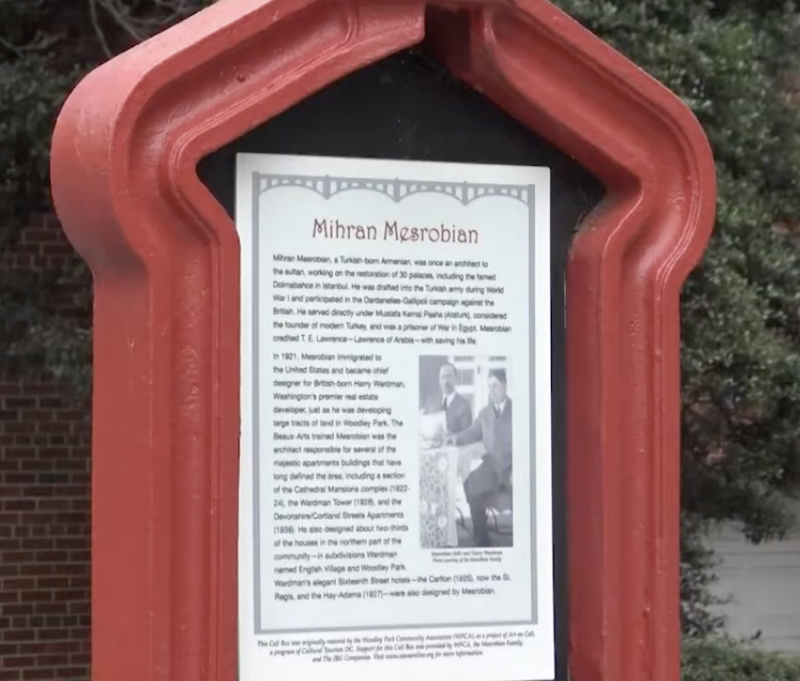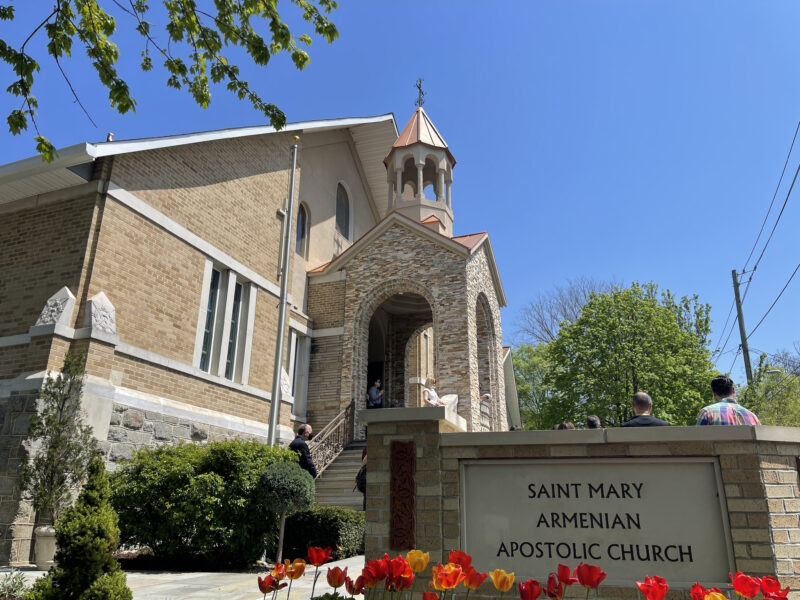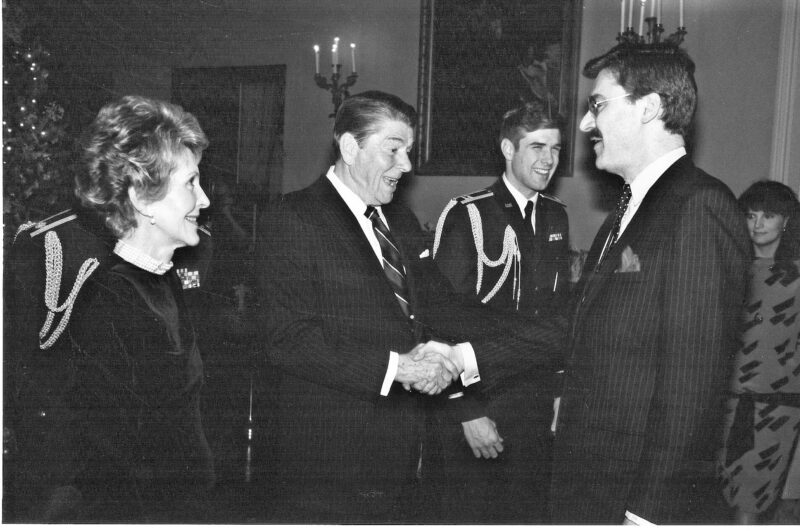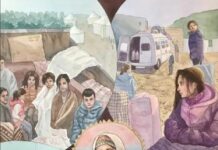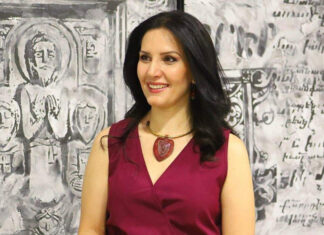WASHINGTON — There are three top-tier hotels near the White House built by an Armenian-American architect. What are now St. Regis and Sofitel, as well as Hay Adams, along with several buildings on Connecticut Avenue, one of the key streets of the Nation’s capital, and numerous constructions in the English Village area as well as Northern Virginia are attributed to this famous designer, Mihran Mesrobian (1889-1975).
Mesrobian implemented the significant part of his projects while working for developer Harry Wardman. “It was very important for Wardman socially to be near the White House to show these hotels were the best in Washington,” noted the granddaughter of the architect, lecturer at the University of Maryland Dr. Caroline Hickman-Mesrobian, telling the story of the hotels located in the vicinity of the presidential office. Wardman and Mesrobian completed St. Regis (known initially as the Carlton Hotel) in 1926, Hay Adams in 1928, and Sofitel (originally Shoreham Hotel) in 1929.
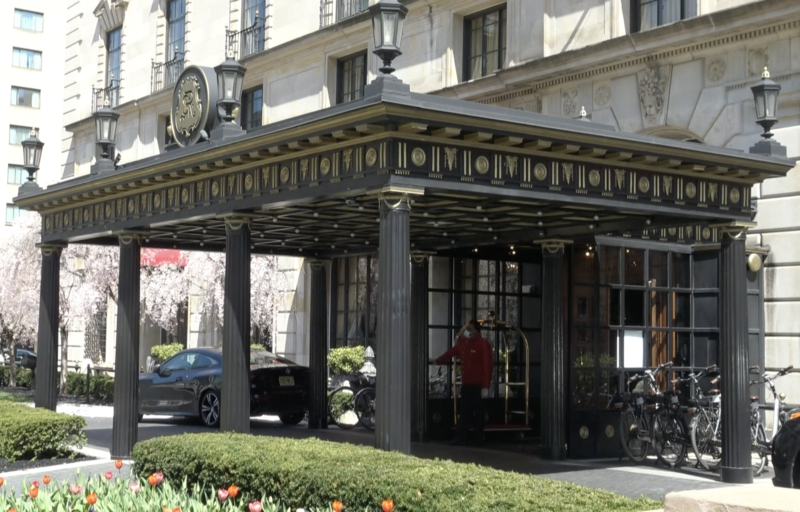
English-born Harry Wardman (1872-1938) was one of the key real-estate developers of the District of Columbia in the early 20th century. Mesrobian worked for him soon after settling in Washington in 1921. After living for 31 years in Turkey and rebuilding the Dolmabahce Palace of the Sultans (once built by the Balian Armenian architects), Mesrobian chose to move to the United States.
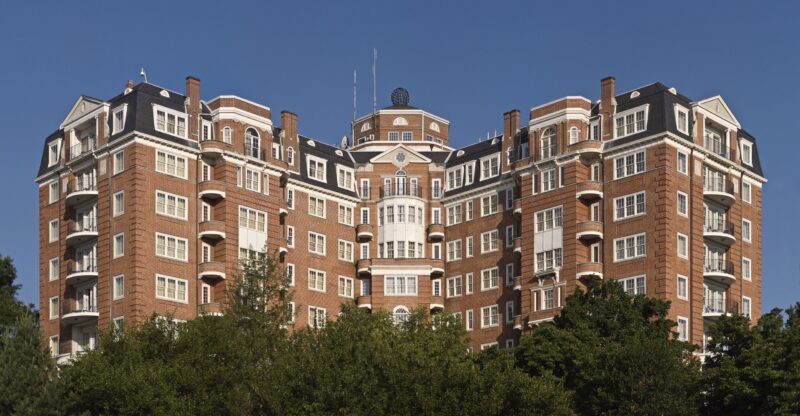
Caroline says that before leaving Constantinople/Istanbul, Mesrobian traveled back to Afyon, where his parents lived, and reclaimed some compensation for some of the lands his family had lost during the Genocide. This was when Turkey’s west was under Allied control following the defeat of the Ottoman Empire in World War I. As Mesrobian received Armenian identification documents during the short period of the independence of the Armenian Republic (1918-1920), he was able to make his way to the United States because America was helping the suffering Armenians during and for some period after World War I.
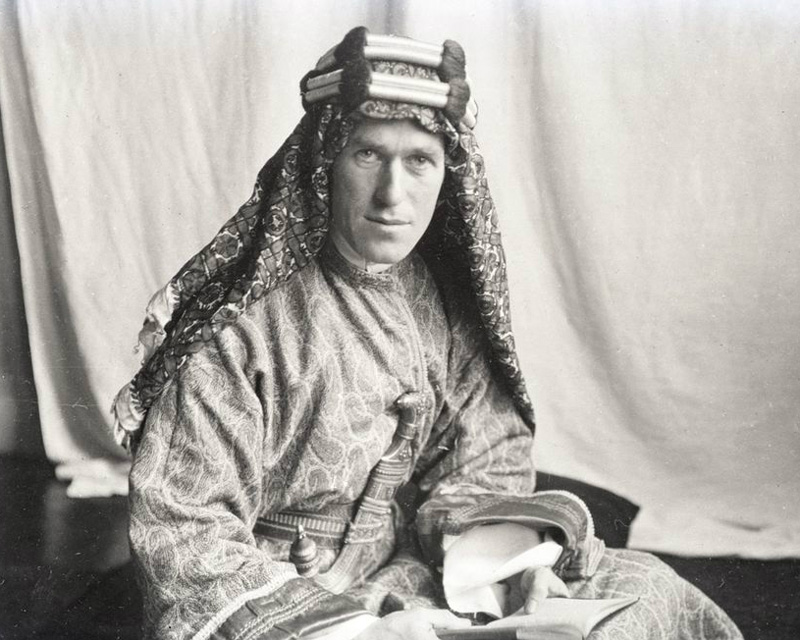
About one century later, in 2016, when visiting Washington, Turkish President Recep Erdogan stayed at the St. Regis hotel. The Turkish leader lived in a building designed by an Armenian architect, who, despite his significant record of services to Ottoman Turkey, had to flee due to persecution.

The late Aram Bakshian, speechwriter for three Republican Presidents, Richard Nixon, Gerald Ford, and Ronald Reagan, used to call Mihran Mesrobian ‘uncle Mihran.’ “Actually, he was a great uncle as he was married to my grandmother’s sister. Her name was Zabel,” said Aram Bakshian when the author met him last time about two years ago.
